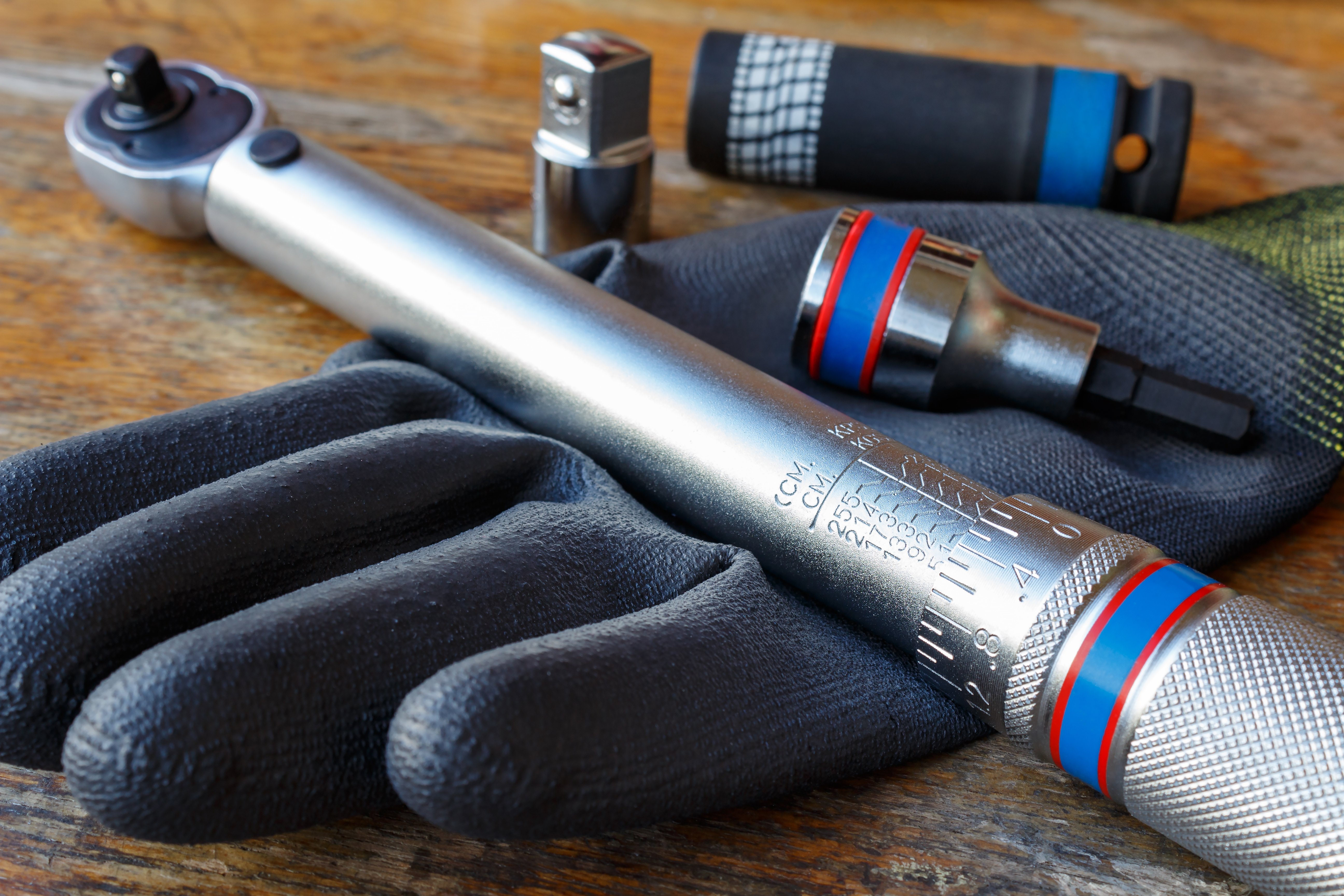3 min read
5 Reasons Why Your Torque Wrench Needs to be Calibrated
 Joe Moser - CEO
Oct 7, 2024 2:45:00 PM
Joe Moser - CEO
Oct 7, 2024 2:45:00 PM

Whether you’re using a torque wrench in a professional setting or in a home garage, you need to know that your fastener is tightened to a specific torque value — otherwise, why would you be using a torque wrench in the first place?
You may have purchased an expensive name brand in hopes that you would have an accurate tool for years to come. However, that’s not always the case. Even though quality is important, the only way to be confident that your torque wrench is producing accurate results is to have it calibrated consistently.
Here are five key reasons why torque wrench calibration is essential.
1) Accuracy Requirements
The manufacturer specifies the accuracy you can expect from a torque wrench, but the only way you can be sure your tool is consistently providing repeatable and accurate results is to periodically validate its performance.
Torque wrench accuracy specifications can range anywhere from 6% to 1%, and the purchase price usually scales along with it. If you need to maintain a precise torque specification, purchase a higher-quality torque wrench. Premium brand torque wrenches are more likely to maintain accuracy for longer periods. However, it is still necessary to calibrate a torque wrench frequently enough to establish a good history of performance.
When using less accurate economy models that are made from lower-quality parts, you’re likely to need more frequent calibration to ensure the tool is providing consistent torque values that you can trust. To comply with industry standards, your torque wrench calibration should be carried out using practices outlined by an internationally recognized standard such as ASTM E2624, which is published by ASTM International.
2) Frequency of Use
Per ISO 6789, found on the official website of the International Organization of Standardization, a torque wrench should be recalibrated every year or after 5,000 uses. However, this is a baseline recommendation. Many professionals suggest recalibrating every 2,500 to 3,000 uses, especially if your tool sees heavy use.
3) Improper Storage
Did you know that an adjustable torque wrench should always be “backed off” or stored at its lowest marked setting?
A torque wrench is made up of several key components that ensure proper function and accuracy. One of the most critical of these components is the tension spring, which is responsible for controlling the applied torque. By design, when an adjustable torque wrench is set at higher torque values, an increased load is applied to the tension spring. If you store your torque wrench at any torque value greater than its lowest setting (usually 20% of maximum), the tension spring will remain under load and weaken over time. This will cause your torque wrench to produce less torque across the range and ultimately lose accuracy.
Conversely, if the torque wrench is dialed all the way back to zero, other components in the tool can move slightly, also negatively affecting accuracy. If your torque wrench has been improperly stored for long periods, it will need to be professionally recalibrated to ensure torque values are accurate. Unfortunately, in some cases, your torque wrench may not be able to be restored to manufacturer’s specifications and will need to be replaced.
4) Temperature and Weather
Extreme temperatures can adversely affect your torque wrench. Using it in sub-freezing conditions or above 120°F can lead to condensation, causing internal rust. Exposure to the elements—rain, sleet, or snow—can also result in premature rusting. High temperatures may cause internal lubricants to melt, leading to grease seepage that compromises performance. Regular calibration helps detect and mitigate these issues.
5) Avoiding Improper Use
Torque wrenches are designed to be used by applying the appropriate amount of force to the grip of the wrench. Using your torque wrench in any other way may overload the instrument, which will compromise accuracy or possibly damage it permanently.
ISO-6789 mandates that any torque wrench that has been overloaded by more than 25% must be recalibrated. Do not use pipes or cheater bars, and never use the wrench as a breaker bar. Accidental drops are especially important to avoid. Dropping a torque wrench just once may affect the accuracy by as much as 30%!
Determining the frequency of calibration for your torque wrench may be mandated by your specific industry, or it could be a personal decision based on one or many of the factors above. Regardless, finding a trusted torque wrench calibration service provider is vital to verifying your instrument’s readings and making any necessary adjustments to bring your tool back to manufacturer’s specifications.